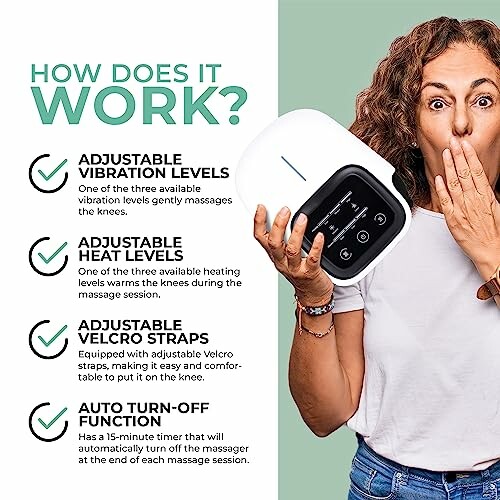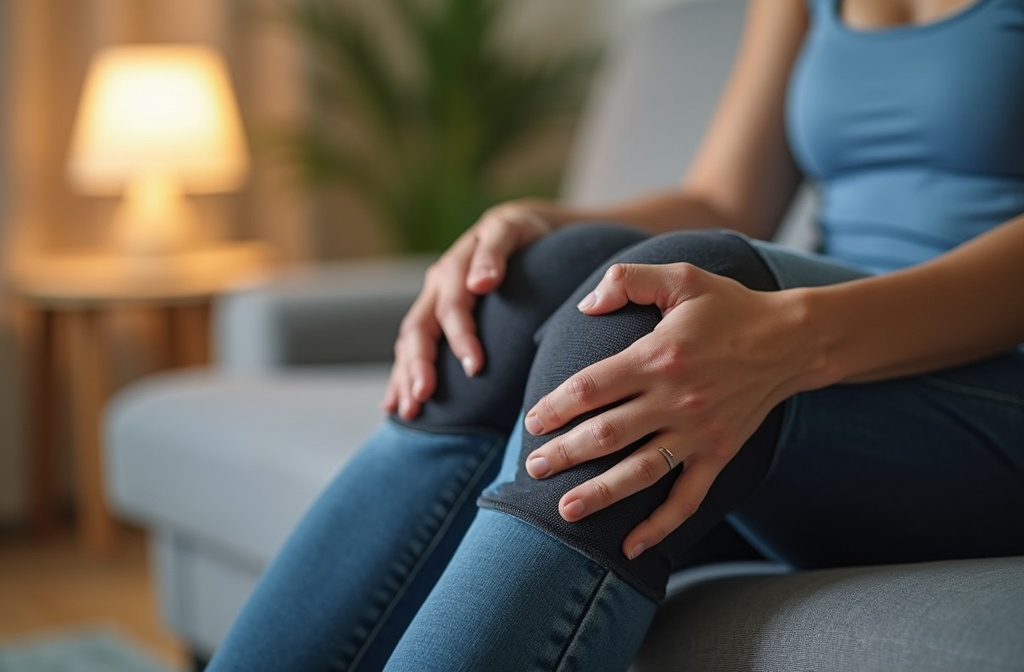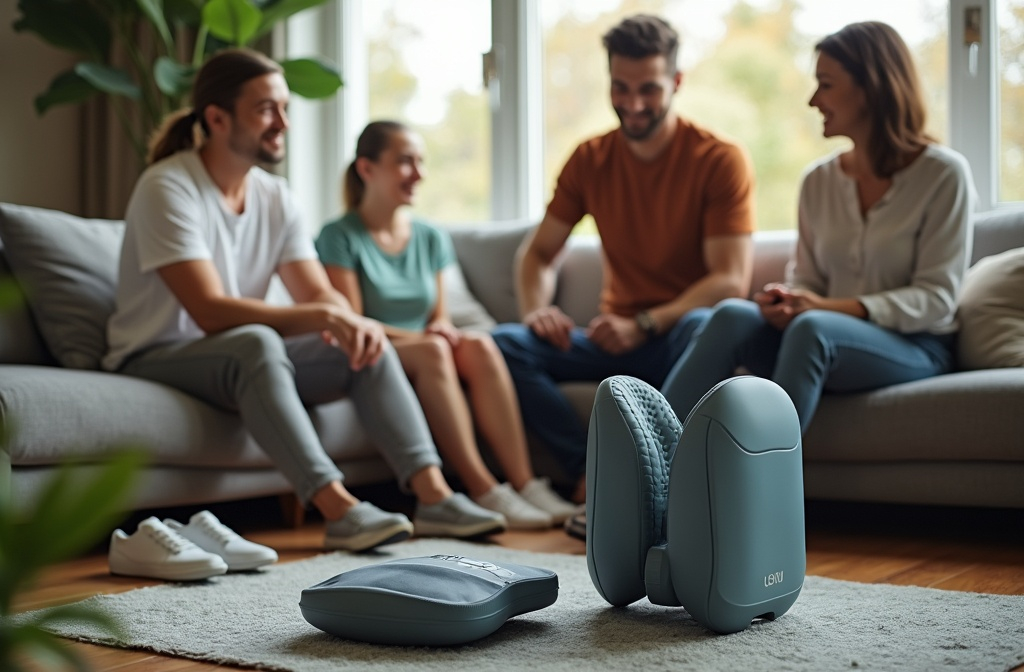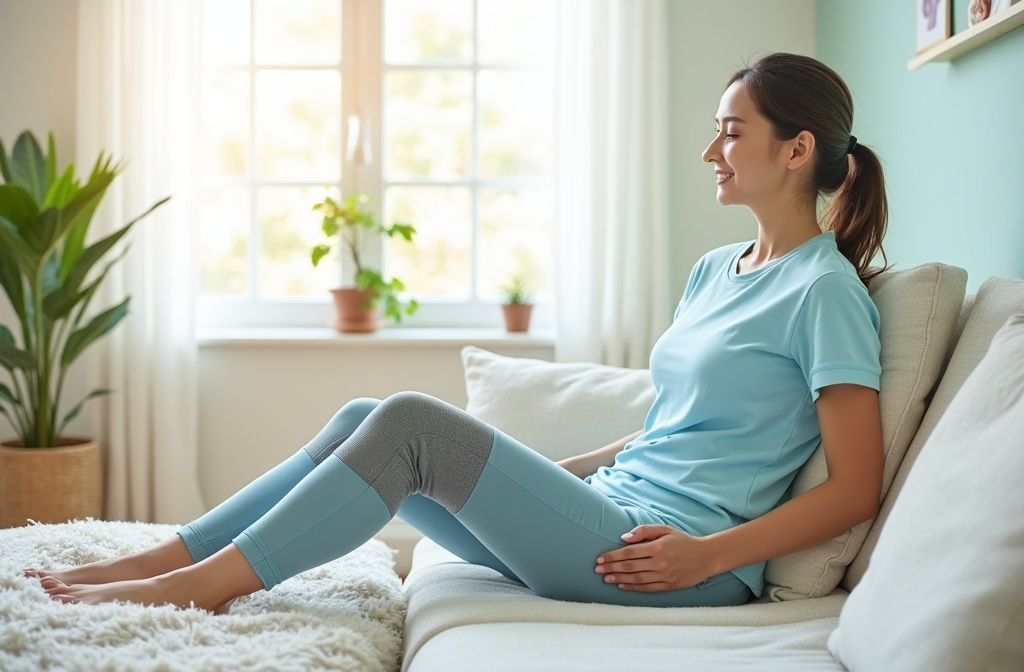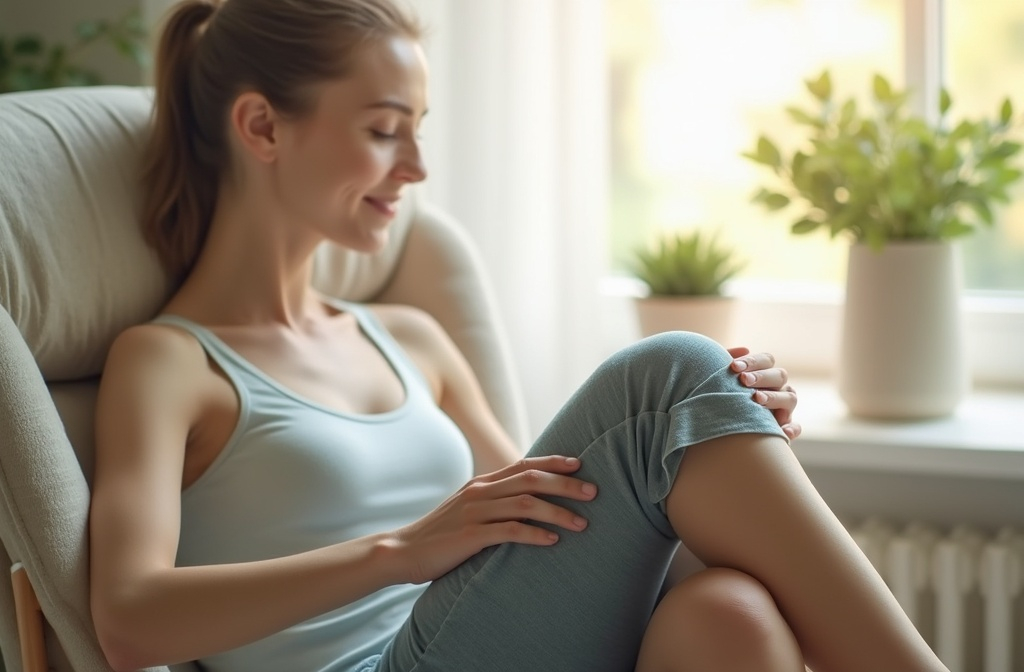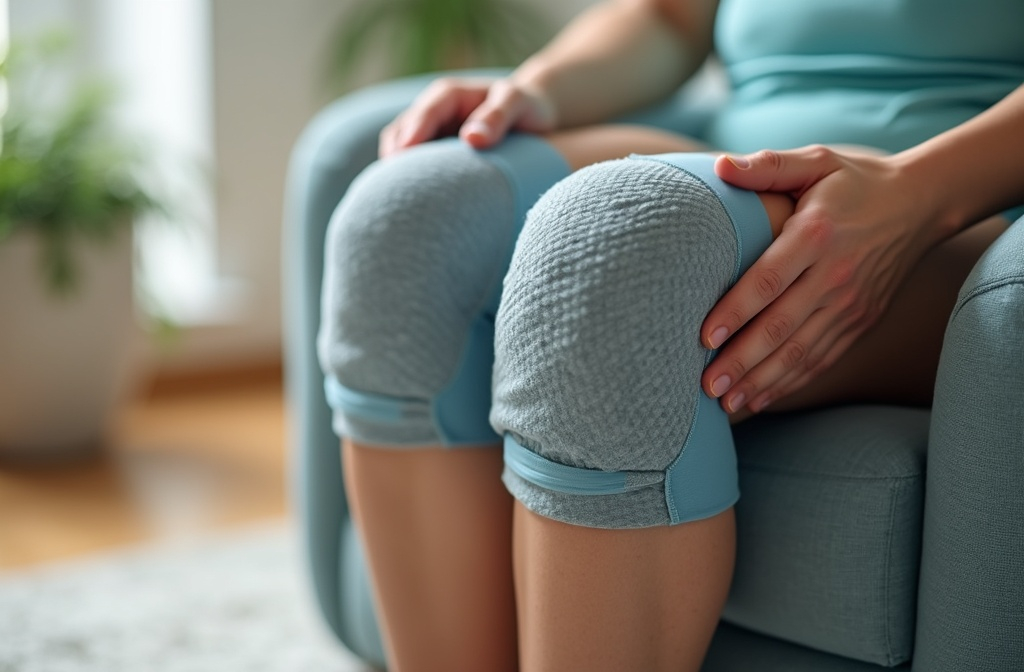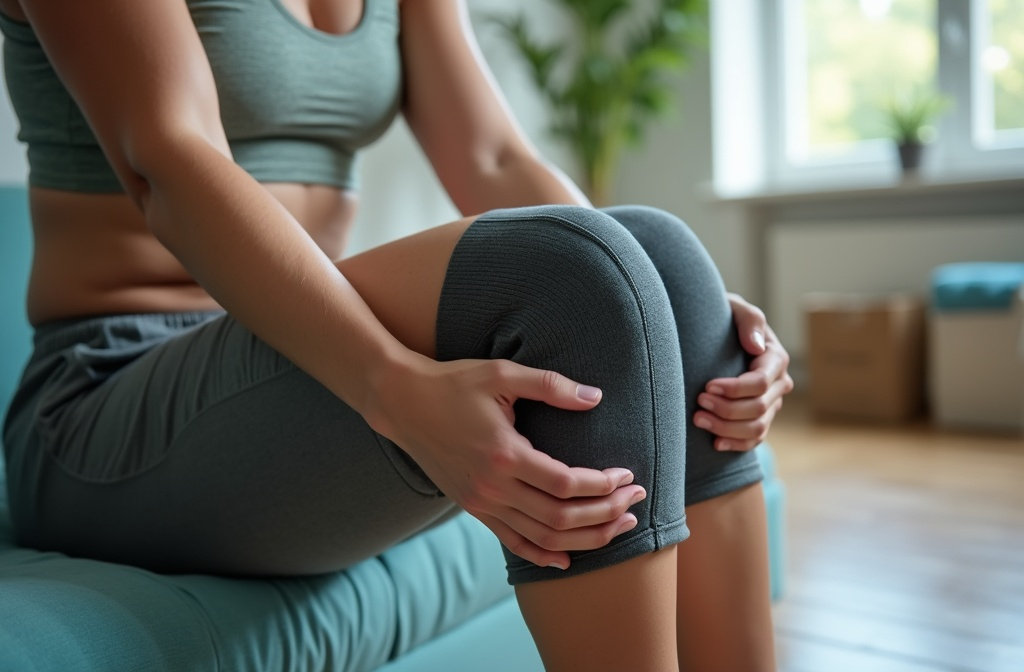
Post-Injury Recovery with Knee Massagers
Knee injuries can be a significant setback, whether from sports, daily activities, or surgery. Fortunately, knee massagers offer a practical solution for promoting recovery and easing discomfort. This article delves into how knee massagers can assist in post-injury recovery, providing insights on their benefits, features, and what to consider when choosing one.
Key Takeaways
- Knee massagers can help alleviate pain and swelling after injuries.
- They promote relaxation and improve blood circulation around the knee area.
- Customizable settings allow users to tailor their massage experience.
- Many knee massagers are designed for convenient at-home use.
The Importance of Knee Recovery
Recovering from knee injuries is crucial for athletes and active individuals. The knee joint is a complex structure that bears body weight and absorbs shock during movement. Proper recovery ensures that the knee regains strength and mobility, reducing the risk of future injuries. Here’s why knee recovery is essential:
- Restores function and mobility.
- Prevents chronic pain conditions.
- Aids in returning to sports or regular activities safely.
How Knee Massagers Aid Recovery
Knee massagers serve multiple purposes in the recovery process:
- Pain Relief: By applying pressure and gentle massage, these devices can alleviate pain and discomfort.
- Improved Circulation: Enhanced blood flow can promote healing by delivering nutrients and oxygen to the affected area.
- Reduced Swelling: Massage can help decrease inflammation and swelling around the knee joint.
- Relaxation: The soothing effects of a massage can help users relax, which can further aid in recovery.
Types of Knee Massagers
There are various types of knee massagers available, each offering unique features suited to different needs. Here’s a brief overview:
| Type | Features | Best For |
|---|---|---|
| Electric Knee Massagers | Heat, vibration, and kneading functions | Chronic pain relief |
| Compression Knee Massagers | Air compression technology | Reducing swelling and inflammation |
| Manual Knee Massagers | Handheld options for targeted relief | Users who prefer a hands-on approach |
Features to Consider When Choosing a Knee Massager
When selecting a knee massager, consider the following features:
- Adjustable Settings: Look for options that allow you to customize heat and intensity.
- Size and Portability: Ensure it fits comfortably around your knee and is easy to store or transport.
- Ease of Use: Choose models with simple controls for a hassle-free experience.
- Durability: Opt for high-quality materials to ensure longevity.
Tips for Using Knee Massagers Effectively
Beginners Section: Tips for Effective Use
- Start with lower intensity settings to gauge comfort.
- Incorporate short sessions into your routine, gradually increasing duration.
- Combine massager use with stretching exercises for enhanced results.
- Stay hydrated to support muscle recovery.
- Consult with a healthcare professional if unsure about use post-injury.
Potential Pros and Cons of Knee Massagers
Pros
- Convenient for at-home use
- Customizable settings for a personalized experience
- Can be used alongside other recovery methods
- Portable and easy to store
Cons
- May not be suitable for severe injuries
- Initial cost can be high for advanced models
- Some users may require time to adjust to sensations
Conclusion
Knee massagers can play a significant role in post-injury recovery, providing pain relief and enhancing circulation. With various types and features available, it's essential to choose a device that suits your needs and preferences. As you consider incorporating a knee massager into your recovery routine, remember to consult with a healthcare professional to ensure it's appropriate for your specific situation.
For more information on various pain relief devices, visit our Pain Relief Devices page.

